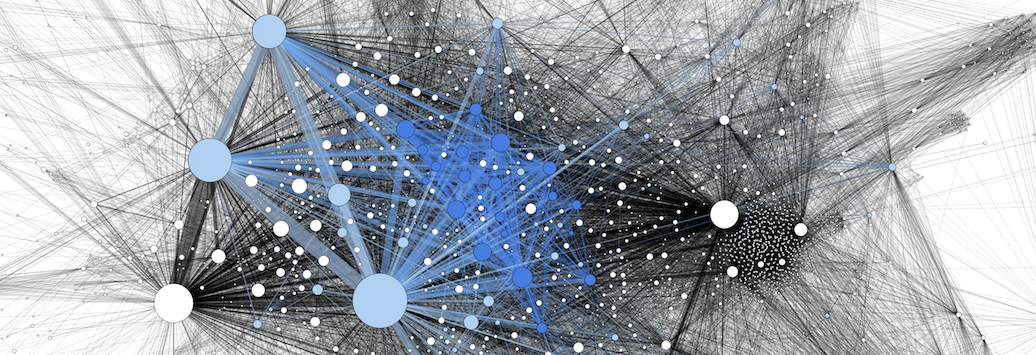
The research proposal intends to investigate the legal regime of jurisdictional immunities of international organizations. Its purpose is to systematize some core international law notions and in particular the shields and bridges that international law builds so that its legal subjects can act and interact. Why and how international actors deserve to be shielded from the intrusion of national legal orders? To what extent this protection is linked to their functions and personality at the international level? In which way bridges nonetheless exist among international law itself, national legal orders and the legal systems of international organizations?
Empirical objectives of the research
The protection that international organizations receive under international law is to be conceptualized first. Immunity may cover the organization itself and prevent claims being brought before domestic courts directly in its regard. Immunity may cover the archives and the premises of the organization, and in this case the protection would primarily avoid the adoption of measures of constraint by territorial authorities. And immunities may protect the agents (or in different ways categories of agents) of the international organization so that their institutional activities be protected from judicial scrutiny of national courts in the host State. More generally, the study of immunity gives also the opportunity to test the State analogy that is often taken as a benchmark in the recognition of this kind of protection but that hides the major difference between States and international organizations in terms of competences and judicial protection.
Conceptual objectives of the research
The legal regime of international organizations’ immunities needs then to be sistematized. In order to do so, it is necessary to be both exhaustive (consider the various issues covered) and consistent (provide uniform answers to those issues). Having those goals in mind, the project intends to provide some important deliverables. The main outcome of the project will be a “Guide to practice”, that is a collection of detailed provisions dealing with all legal issues arising in connection with the jurisdictional immunities of international organizations. These provisions will be accompanied by specific commentaries illustrating the scope, the purpose and the relevant practice concerning each legal issue. A connected outcome is a database collecting all pertinent elements of practice in this field, such as treaties, soft law instruments and judicial decisions.
Legal Issues
The issue of the immunity of international organizations is different from State immunity because the latter are established by States for the attainment of specific purposes which may vary from one organization to the other. Thus, the protection recognized to international organizations under international law is inevitably tailored according to those specific purposes. This situation entails a number of legal questions that remain currently unsettled. International practice is fragmented and there is no uniformity in the conceptual approaches to the matter.
The first issue concerns the very existence of the immunity of international organizations as an attribute of their international legal personality. International practice may justify different positions in that regard. Their immunity can be seen as either 1) automatic and derived from their mere existence as international subjects, or 2) as granted explicitly by the founding States. The second issue is closely connected to the previous one and regards the existence of a regime under general international law providing for the immunity of international organizations. The specificity of their missions, as defined in their constitutive treaties, challenges the existence of such a regime and may convey the idea of a purely conventional regime. The uncertainties of international practice highlight a third issue that calls for clarification concerning the regime of international organizations’ immunities. This is the precise scope of the protection that immunity affords to the international organization as such and to its agents. The fourth issue concerns the identification of general rules or at least general contours for the immunity granted under international law to international organizations’ agents. Uncertainties surrounding this aspect are linked, on the one hand, to the fact that treaty practice in this regard is extremely variable and, on the other hand, because their protection depends on the exact definition of the covered institutional functions. As to the latter, some treaties may actually provide for specific immunity regimes and, in certain cases, even make a difference in regime for various categories of international civil servants (as it is the case for the UN or NATO). The pertinent treaties are totally silent with respect to other international organizations.
